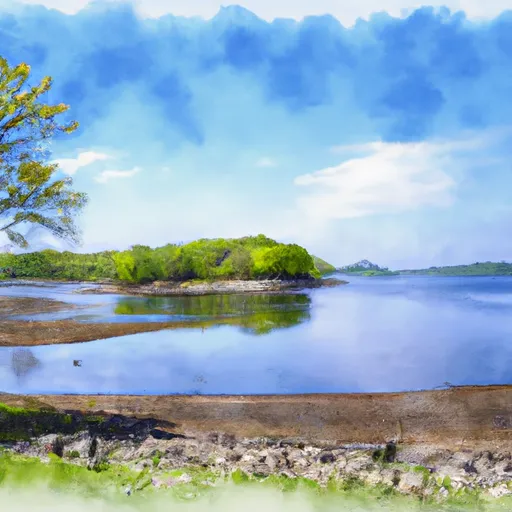°F
°F
mph
Windspeed
%
Humidity











Meriden, Iowa is a small, unincorporated community located in Cherokee County. The climate in Meriden is characterized by four distinct seasons. Summers are warm with average temperatures ranging from 70°F to 90°F, while winters are cold with temperatures between 10°F and 30°F. Precipitation is evenly distributed throughout the year, with an annual average of about 30 inches.
Meriden is situated near the Little Sioux River, which provides hydrology constituents such as water supply and recreational opportunities. The river supports various aquatic species, including fish like catfish, bass, and walleye. Fishing enthusiasts can enjoy casting their lines for a chance at a catch.
For outdoor recreation, Meriden offers opportunities for hiking, camping, and birdwatching. The area is surrounded by picturesque landscapes, including woodlands, prairies, and riverside areas. A few nearby parks, such as the Little Sioux Wildlife Management Area and Cherokee Wildlife Management Area, provide ample space for outdoor activities.
In conclusion, Meriden, Iowa experiences a pleasant climate with distinct seasons, and its proximity to the Little Sioux River offers hydrological benefits and outdoor recreation opportunities for nature lovers.
Weather Forecast
Meriden receives approximately 763mm of rain per year, with humidity levels near 82% and air temperatures averaging around 8°C. Meriden has a plant hardyness factor of 5, meaning plants and agriculture in this region thrive during a short period during spring and early summer. Most plants will die off during the colder winter months.
Regional Streamflow Levels
421
Cubic Feet Per Second
76
Cubic Feet Per Second
30
Cubic Feet Per Second
55
Cubic Feet Per Second
Nearby Camping
| Camping Area | Reservations | Toilets | Showers |
|---|---|---|---|
| Arrowhead Park | |||
| Waubonsie State Park | |||
| Olde Towne Co Park | |||
| Glenwood Lake Park | |||
| Carson City Park | |||
| Pony Creek Co Park |



